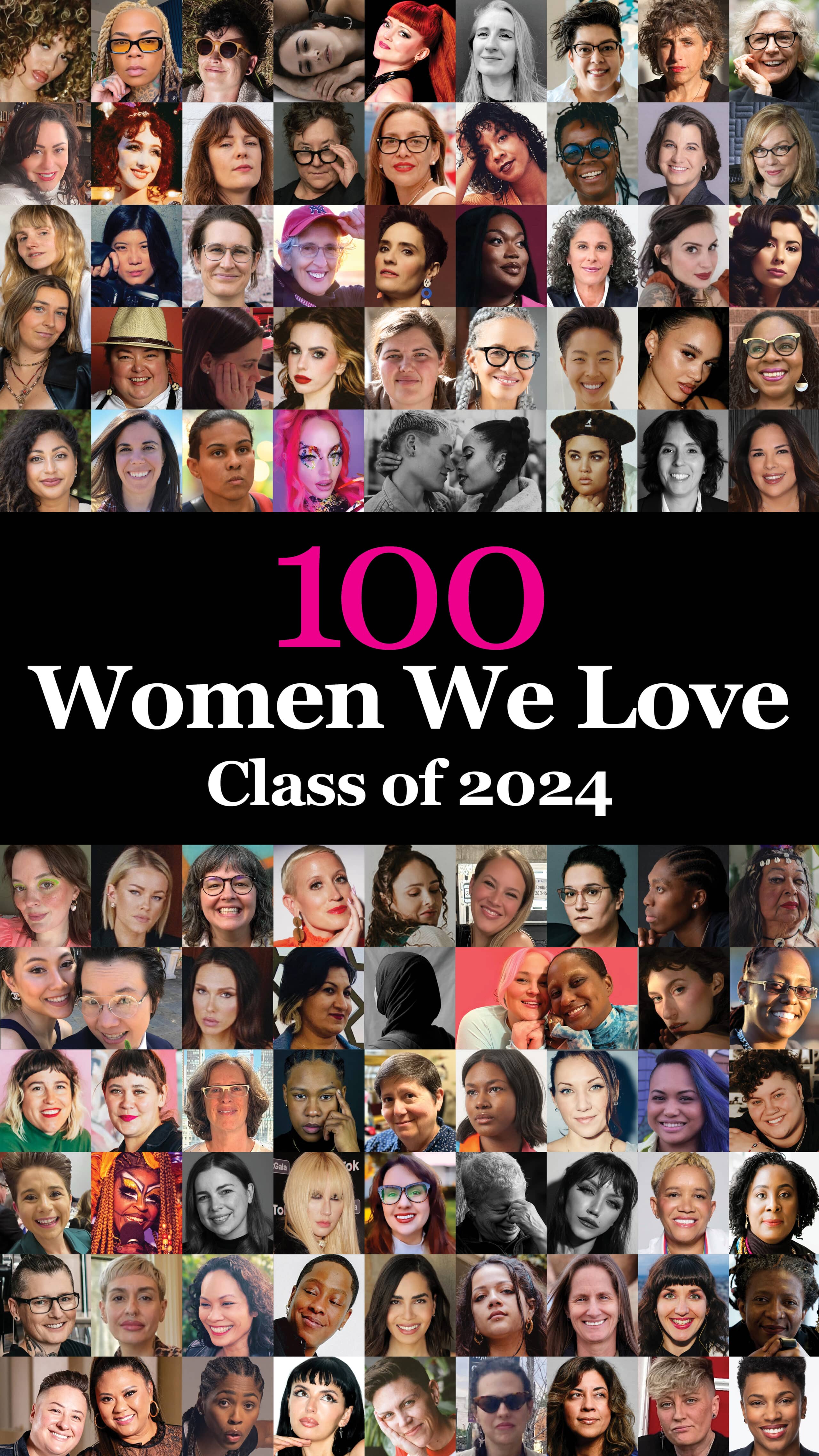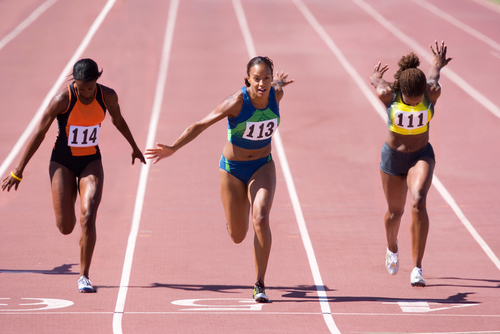Lesbian Social Diary: The Dapper Q Fashion Show Was Everything Fashion Is Supposed To Be

This story is about fashion. And feelings.
Last year was my first year attending “The DapperQ Queer Fashion Show” at the Brooklyn Museum and I loved every single second of it. I was covering the show for a mainstream digital-media-outlet, and it felt so validating and empowering to be in the intoxicating energy of my people, for once, which is a rare treat when you work in mainstream media. I left with a dumb smile plastered across my face, a mild wine buzz and the lingering happiness that comes with witnessing a display of killer art and unabashed self-expression.

It was a joyous fashion moment, one that I clutched onto when I was trapped in a dismal meeting or feeling out of place at a bleak party.
But last year was a very different time, wasn’t it? Trump hadn’t been elected as President of The United States of America, yet. The landscape was vastly different.
A year ago, I didn’t feel so visible and vulnerable in my gay identity. I wasn’t so direly afraid for the lives of my peers. I was a more innocent version of myself, inhabiting the lightness of a person who is totally and completely comfortable in her gay skin.
This year is another story.
I, like most of us, have been in the throes of a full-blast Post-Election Depression for almost a year now. Every single day this crisis against humanity escalates. DACĂ. Trans people being kicked out the military. A queer couple beaten-up on the subway in New York City.
I could go on all day. But I’m not going to. Because that’s not what this story is about. This story is about fashion. And feelings.
Because the two, contrary to popular belief, are actually much more intertwined than you might realize.
I knew before I attended the DapperQ Fashion Show that this year the show was going to be an emotionally loaded experience. The weight of a Queer Fashion Show that celebrates diversity, in everything from sexuality, to gender, to race, to style and body-type, was going to feel heavier in Post-Trump America (Everything is heavier now).
And The DapperQ Queer Fashion Show is a positive celebration of everything that the Trump administration rejects. If there was such thing as a polar opposite to Miss USA pageant (which Donald Trump once owned) it would be the DapperQ Fashion Show. We are living in the era of Miss USA and all I want to do is crawl inside a DapperQ Fashion Show forever and ever.
I felt sweeps of emotion rushing through my body the entire day, prior to the event. As I tore through my wardrobe and contemplated my outfit, I almost burst into tears. I couldn’t put my finger on why I was feeling such an overabundance of feelings, I mean I was going to a Fashion Show. There is nothing more in this cruel, cold world that I love more than going to a fashion show.
Fashion is my first love. I spent my childhood studying Vogue magazines the way some children study the bible. My mother is a real-deal fashion entity, too. She was a big-time model back in the 70s and she’s been in creative force in the fashion scene her entire adult life.
Growing up I always viewed fashion as a form of rebellion. All of mom’s friends who worked in fashion were gorgeously wild creatures. They were the great New York City characters, talkative chain-smokers with big opinions and liberal views on the world, forever adorned in black avant-garde attire.
My mother herself was stylishly rebellious, too. She was the only mother on the Upper East Side who picked her kid up from school wearing black Dr. Marten boots, a biker chic black cap with a giant fire engine red AIDS pin on it, and some sort of asymmetrical cape. She would take me to fashion hangouts in the early 90s’ in the Meatpacking District (back when the meatpacking district was full of crime, leather bars and young fashion designers) and I would gaze at all the fabulous fashion freaks, in doe-eyed awe. There was always at least one man wearing high heels. “That’s so-and-so,” Mom would whisper to me pointing at a girl with a shaved head, neck tattoos, and a tailored suit. “Who is so-and-so?” I would ask drinking in the scene. “Only the most important fashion photographer in this generation.” She would dramatically whisper back to me.
Fashion was always such a vehicle of joy for me. I knew as a ten-year-old that when I eventually came out of the closet, I would be accepted in all my lesbian glory in the fashion world. I knew that the fashion closet of a magazine is very different place than the proverbial “closet” of repressed sexual identity.
Yet, over the years fashion transformed into something else. It was snatched out of our hands sometimes around 2002. The hands of the queers, the rebels, the creative artists who made powerful statements, the flamboyant makeup artists and the weirdos were suddenly empty. Somewhere between the rise of Paris Hilton and Laguna Beach, we lost our position as the “fashion authority” and suddenly it was all about the Lauren Conrads’ of the world. Privileged white, straight, women, with perfectly flat-ironed hair, clad in basic denim jeans and over-the-knee boots and petal pink tops were suddenly considered style icons. If you weren’t rail thin and your daddy (I don’t mean daddy as in the “hot daddy dyke” sense of the word, I mean like actual dad) wasn’t a billionaire and you didn’t have long, blonde hair extensions cascading down your spray-tanned back—you were cast out of the mainstream fashion world.
Me, a massive lesbian, with naturally jet black hair, who is allergic to denim but is obsessed with bondage jewelry, felt suddenly rejected and uncomfortable in this new era of white-washed, tasteless, “fashion.”
My love of style had landed me a job at Fred Segal in West Hollywood in 2005. I thought I was going to be surrounded by all the great fashion characters I had met with my mom as a kid. Gay men wearing leather gloves in the summer! Androgynous entities rocking suits, looking so sexy I couldn’t breathe around them! Budding jewelry designers with earrings that were so long they tickled their clavicles.
It wasn’t like that at all.
It was valley girls in Juicy Couture snorting Adderall (to lose weight and be Lohan circa 2005 size) in the bathrooms.There was no imagination. My coworkers who claimed to love fashion were as dry as three-day-old vegetable lasagna left-overs.
And I felt alienated. In the very world that had once made me feel like I belonged.
I knew the DapperQ Fashion Show was going to be fashion as I defined it as a kid. An expression of identity. Individuality. Rebellion. Non-conformity. All things that I love and can feel slipping away from me in Post Trump America.
It was going to be a reparative fashion experience after Los Angeles shooed me away from the bright lights of a style shoot and into the dark shadowy solitude of writing.
So why did I feel crying? Why wasn’t I blissful like the year before?
I realized why I was on the verge of tears the moment I entered the massive, regal Brooklyn Museum and took my seat (second row, swag!). The large runway was still empty as the show had yet to start but the room was buzzing. It was full of that magical queer energy I love so much. Everyone was dressed to the nines, but everyone looked so comfortable in their own skin.
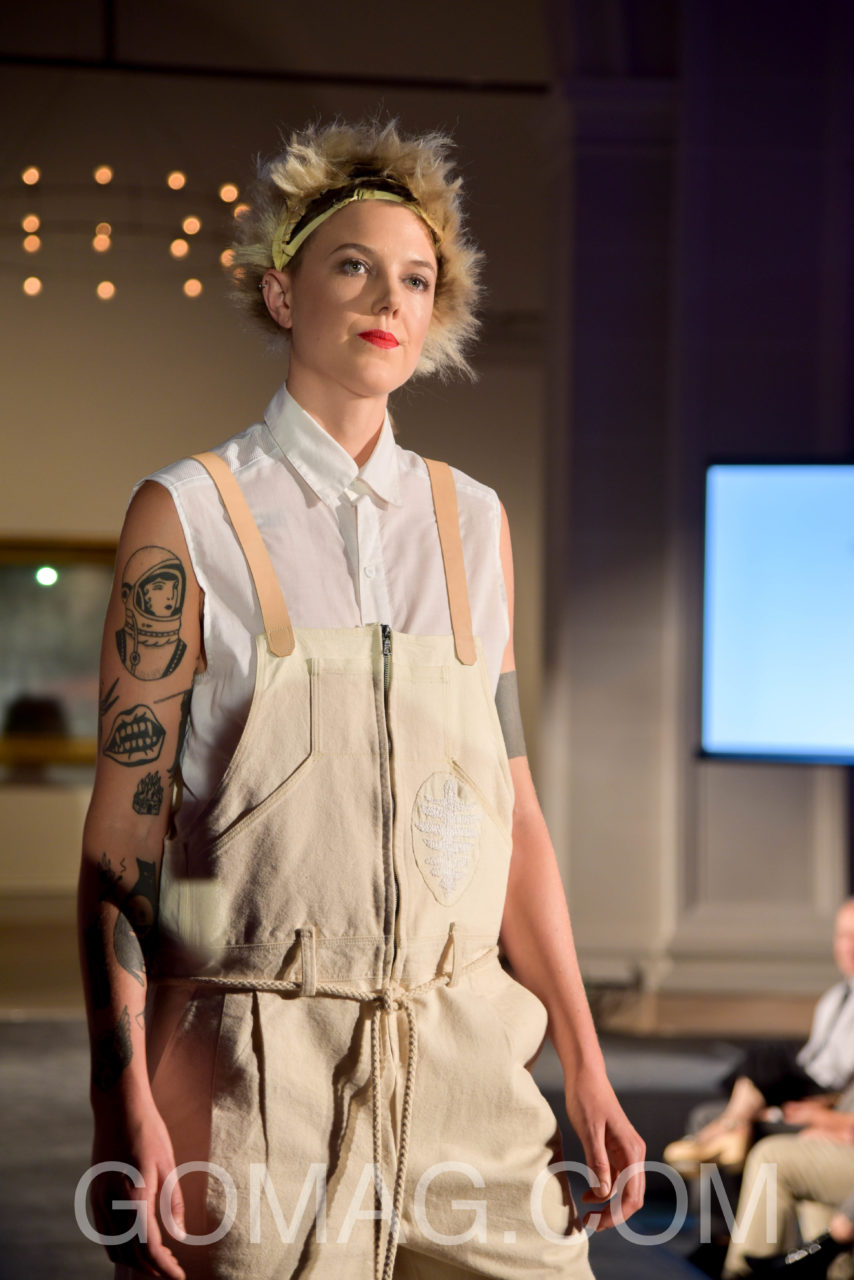
And to see your own community in one space, getting together, not as a protest, not as a vigil for yet another unjust, tragic shooting, but to celebrate the raw expression of self, was moving. The feelings I was feeling, weren’t negative, and that’s why I so overwhelmed.
In the past year every single time I’ve gathered with my community, it’s been to mourn. The mourning has been needed and necessary.
But I guess I didn’t realize that feeling joy again, with my people, was something I missed. And needed.
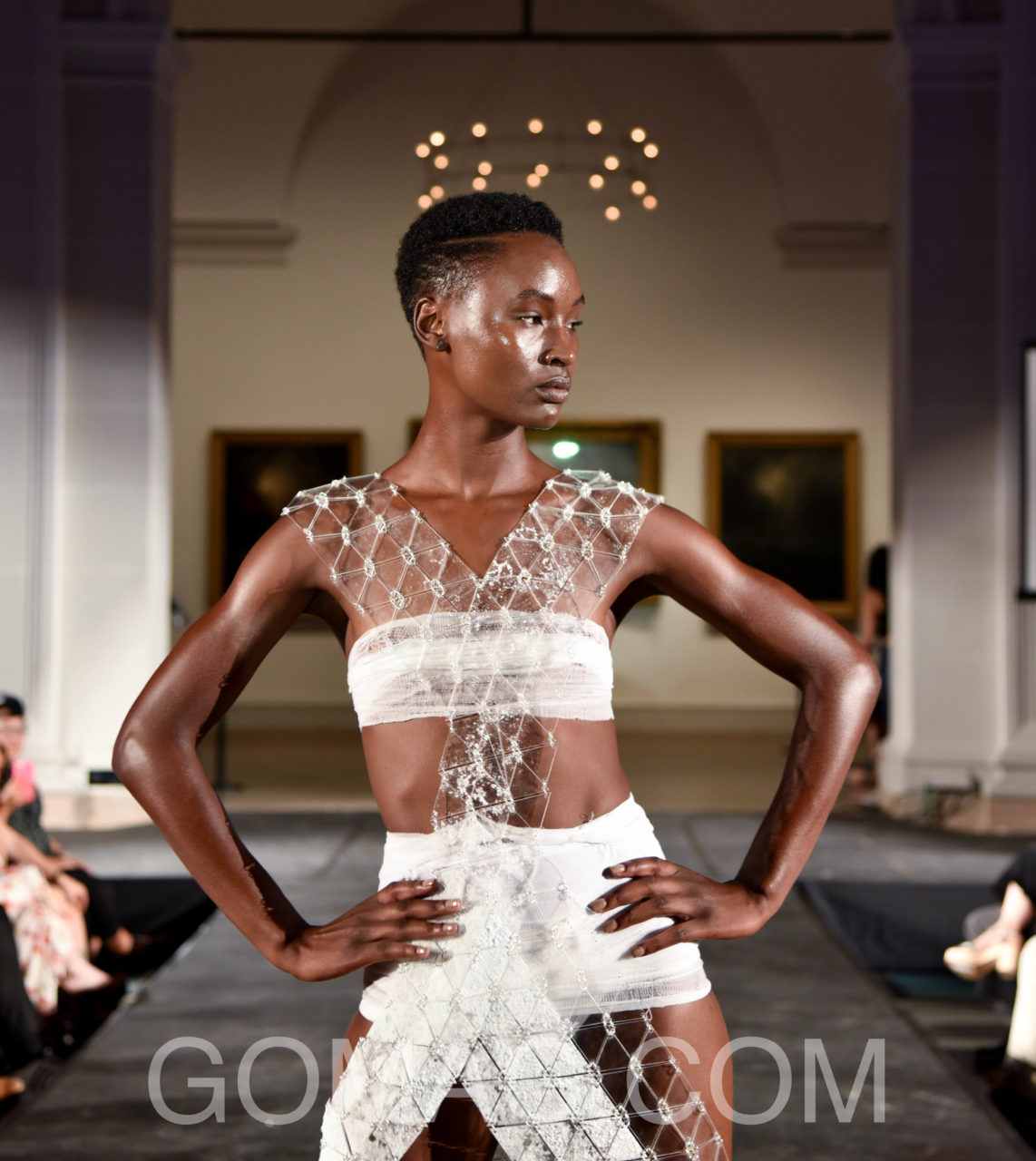
As I watched all kinds of models traipse, wheel, stomp, and dance down the beautifully-lit runway, I thought to myself. Fuck. Yes.

Post-Trump America isn’t going to stop us from flaunting ourselves and our fierce, unique styles. Post-Trump America isn’t going to dim out our rainbow-colored queer AF light. Post-Trump America isn’t going to kill our joy and stop us feeling PROUD AF about who we are.
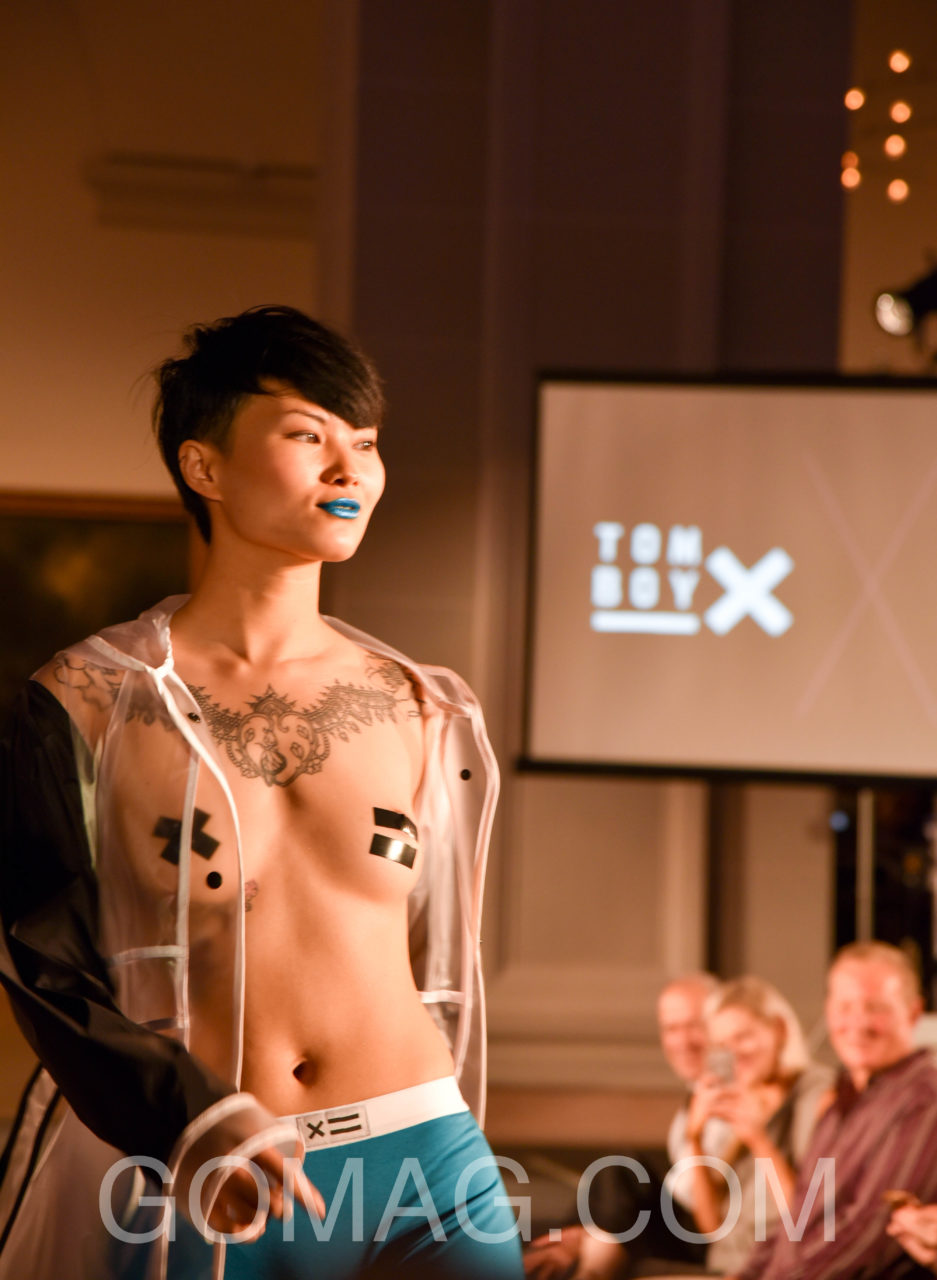
And there is nothing in this world that celebrates pride—pride in your body, pride in your core, pride in identity—the way fashion does. There is something awesomely vulnerable about watching a person walk down a runway. They are allowing themselves to be seen. And holy shit, our community needs to be and feel seen, more than ever right now.
And no matter how badly the Trump administration attempts to quell the fashion prowess from out of our queer hands, we won’t let them, baby.
I realized that what I was feeling was connected to how fashion made me feel as a kid. Fashion was safe. Fashion was where I belonged. With the gender-bending, queer as folk, creative, rebellious, progressive, wild ones. With the artists. With the visionaries. With the New Yorkers.
As Anita Dolce Vita (Owner, Creative Director Editor-in-Chief of DapperQ) took the stage at the very end of the show and put her fist up solidarity for all of us, the melancholy I’ve been feeling was temporarily lifted.
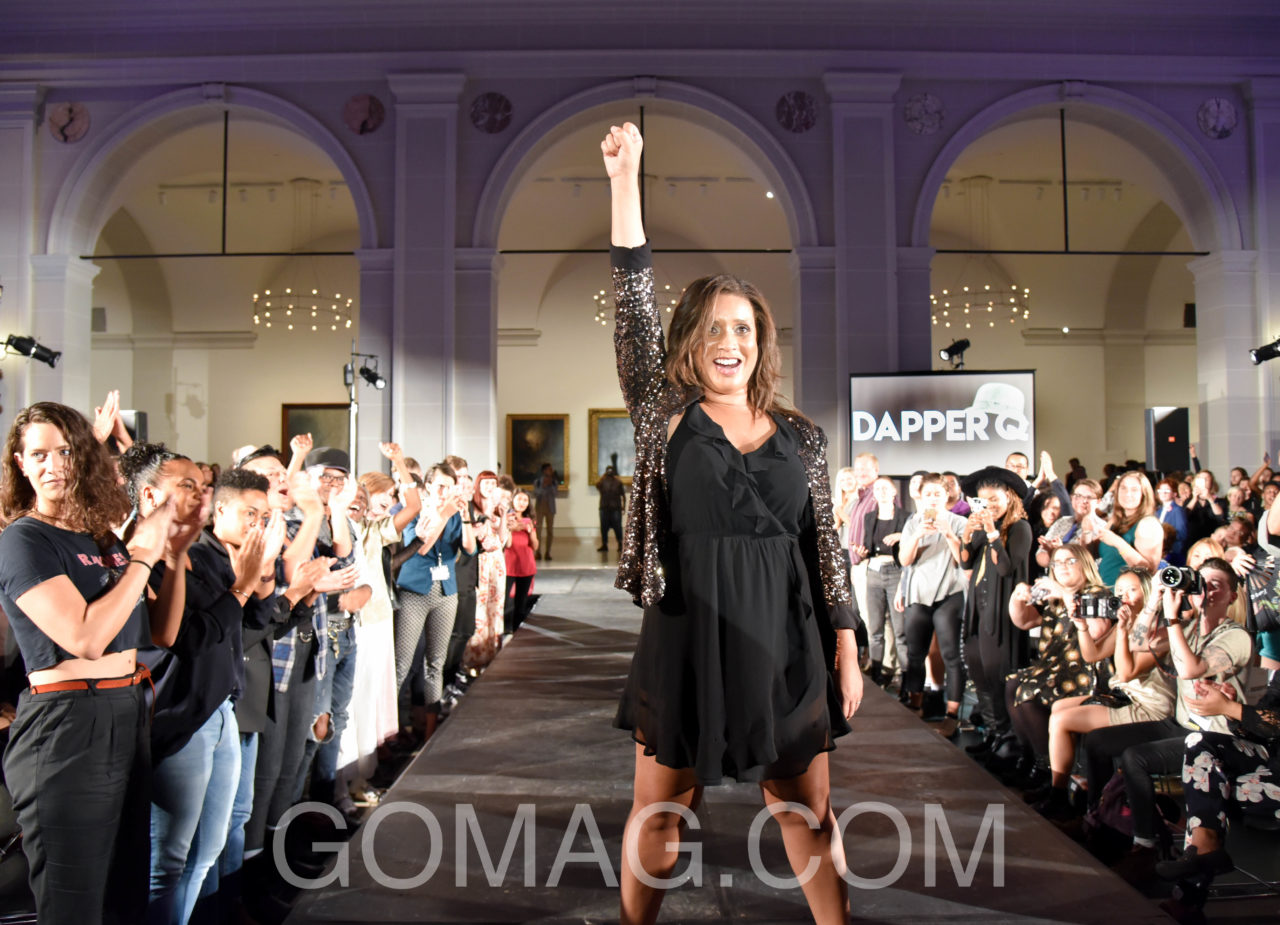
This is what fashion is supposed to be. I thought to myself. This is fashion in its purest form. And I’m here with my community basking in such a specific, empowering joy it feels like the start of a revolution.




 #mascaralesbian #clexaCon #lasvegas #lipzz
#mascaralesbian #clexaCon #lasvegas #lipzz @hbcohen #dapperq #resist #revolution #tomboylookbook #thatgirljames #queerstyle #queerfashion
@hbcohen #dapperq #resist #revolution #tomboylookbook #thatgirljames #queerstyle #queerfashion
